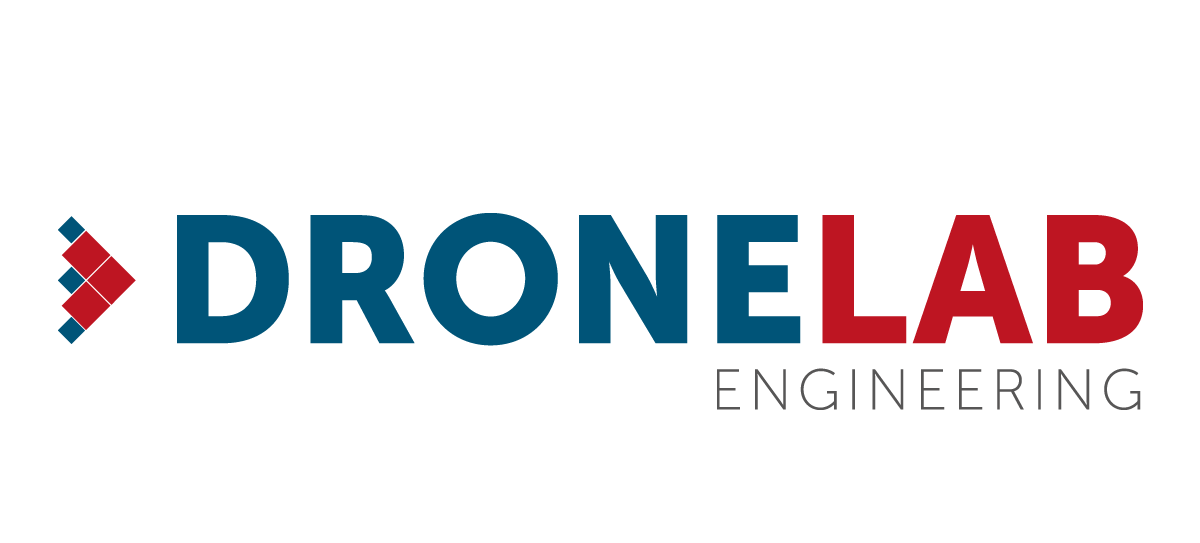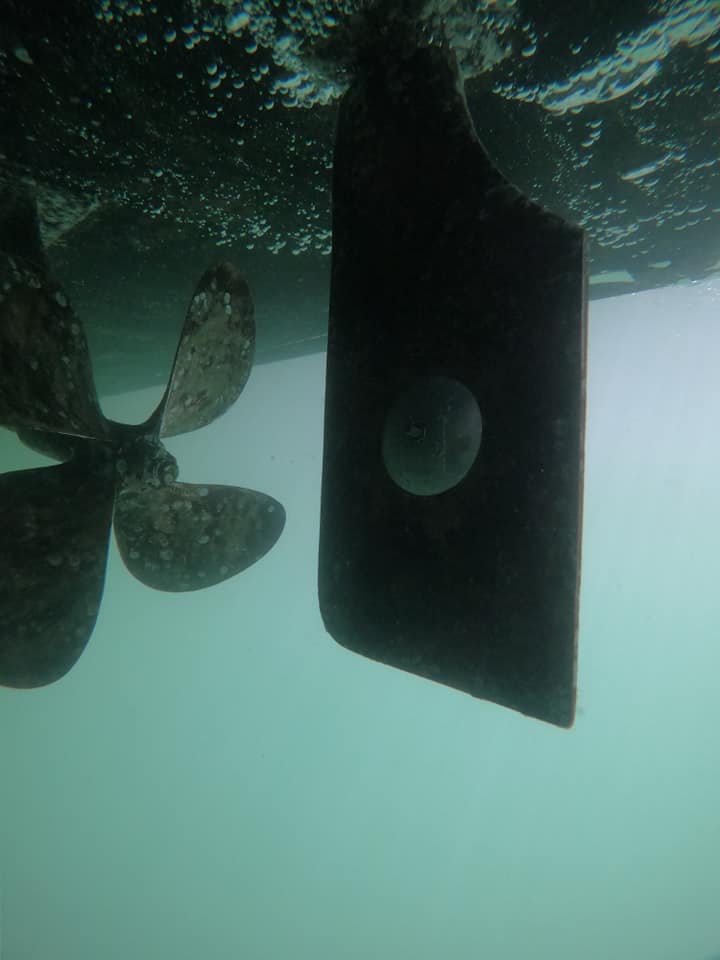Dronelab.lv is excited to share news from a Dronelab partner company about the launch of their latest innovation, the GHY81 Sonar System. This new addition to their sonar system family features a convenient form factor and advanced connectivity, specifically designed to simplify deployment on modern small Remotely Operated Vehicles (ROVs).
The GHY81 Sonar System introduces several key advancements:
- Streamlined Integration: Equipped with three external ports and an internal Ethernet switch, the system allows users to easily connect up to two additional Ethernet devices while using only a single vehicle Ethernet port. This significantly reduces cabling complexity and enhances deployment efficiency for various onboard systems.
- Enhanced Versatility: One of the additional ports can accommodate a variety of pressure and temperature sensors, further expanding the system’s capabilities.
- Simplified Installation: The new form factor is designed to match common Forward-Looking Sonar (FLS) devices supported by most small ROVs, making integration straightforward.
- Improved Diagnostics: A new, externally visible LED provides clear power indication and additional diagnostic feedback, enabling quick and effective troubleshooting during operations.
The entire sonar system family, including the new GHY81 model, utilizes a fixed, single, narrow, tall “fan beam.” Scanning is directly controlled by the ROV operator, allowing them to focus on specific areas of interest. As the ROV or surface vessel moves, the accompanying software “paints” a clear, detailed image of the scanned area, providing exceptional situational awareness even in challenging, murky underwater conditions. This technology offers superior image quality and longer range compared to many multibeam FLS sonars that can be significantly more expensive.
For underwater vehicles lacking precise positioning information, the sonar system incorporates patent-pending Doppler Motion Tracking technology. This feature provides translational movement data in the direction of the beam. When paired with two units from the sonar system family—for instance, one facing forward and another oriented 90 degrees to the side—users can achieve full 2D motion tracking. Furthermore, the system supports position-hold functionality when integrated with compatible ROV systems.

